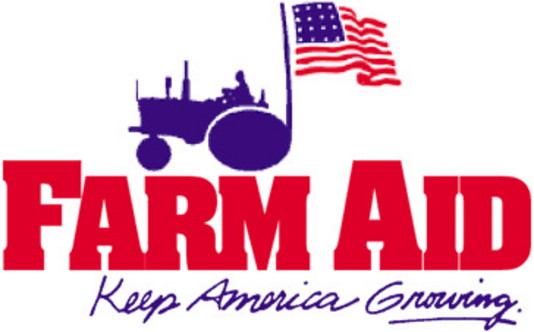Welcome to the ninth installment in our 10-part Charity Blog Series.
As a Vermont resident, the preservation of working farms is of both local and personal concern. The state’s physical, historical and economic landscape is very much intertwined with the fate of our family farms, which teeters forever on the brink of uncertainty. Vermont dairy farming — commemorated in every pint of Ben & Jerry’s — is just one pie slice of the state’s farming heritage that contributes its own grim statistics to the nationally lost 1.2 acres of farmland each year. 1947 saw over 11,000 dairy farms grace our Green Mountain State. Today, the number is under one tenth of that.
Not long after graduating college I took up a job as assistant soccer coach at Champlain College in Burlington, Vermont. The starting goalkeeper at the time was a young man named Jeremy Davis who hailed from Vermont’s Canada-bordering Northeast Kingdom. The son of a dairy farmer, Jeremy was a “true” Vermonter — a salt-of-the-earth type, uncomplaining and rugged as the day is long. We had to ask him politely every other day not to wear his flannel shirt during soccer practice. Jeremy brought a blue collar work ethic to the team that could only have been born from early mornings and long days of working the family farm. After graduating with his degree, Jeremy lived and worked for a couple years in the “big city” of Burlington before making the career decision to move back north and work the family farm. Jeremy is a Vermont dairy farmer, through and through. I only get to see him but once or twice a year (he works 6 days a week, and at least 12 hours a day), but he remains the closest personal tie I have to our state’s most noble profession.
The farmlands of Vermont — like those of other states — provide stark and beautiful contrast to our city centers, our paved roads and our cookie-cutter neighborhoods. On a trip down Route 7 I’ll pass more cows than I will cars moving in the other direction and see as many silos as I do mountains. These farms provide the nation with milk and the locals with fresh, organic veggies, farm-raised and grass-fed beef and free range chicken and eggs. In the summertime, the plethora of farmer’s markets across the state feature the freshest harvests and local foods and serve as fun destination spots for townspeople and their families. It’s hard to imagine life without them, or the farms that make them possible.
Which is why we are highlighting the well-known Farm Aid in this ninth installment of our Charity Series. Since the first Farm Aid concert in 1985, founder Willie Nelson and the good people at the charity have raised more than $30 million to help keep family farmers on their land, promote food from such farms and change a system that benefits the factory farm over the family farm.
By making a donation or joining the Farm Aid movement you will helping local farmers near you stay on their land and provide your community and home with locally grown good food.
Helping America’s family farms — including a farm near you — is as worthy a cause as any. We hope you think so, too.
Check out some of our other featured charities from our Charity Blog Series:
KaBoom!: building playgrounds across America
Homes for our Troops
Family Promise: helping low income families achieve financial independence
National Alliance to End Homelessness
Rebuilding Together: repairing and restoring low-income homes
HandsOn Network
Keep America Beautiful




























